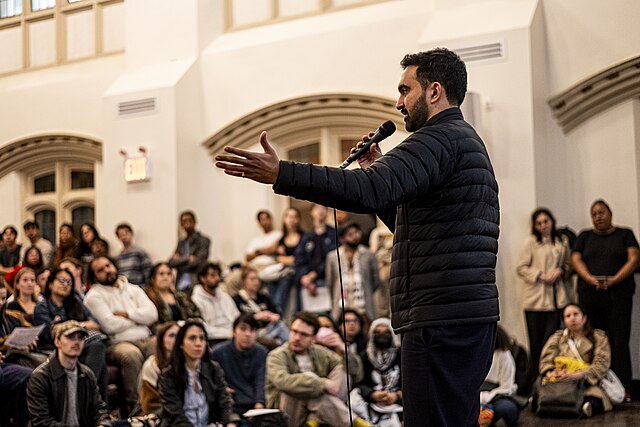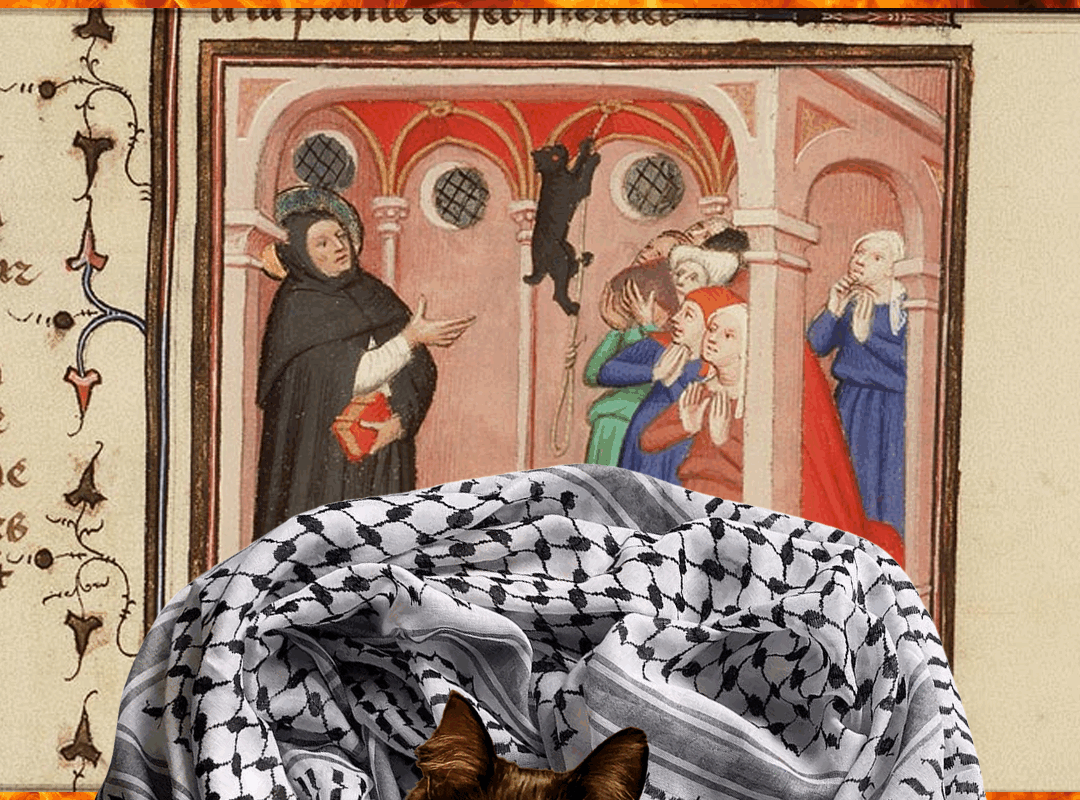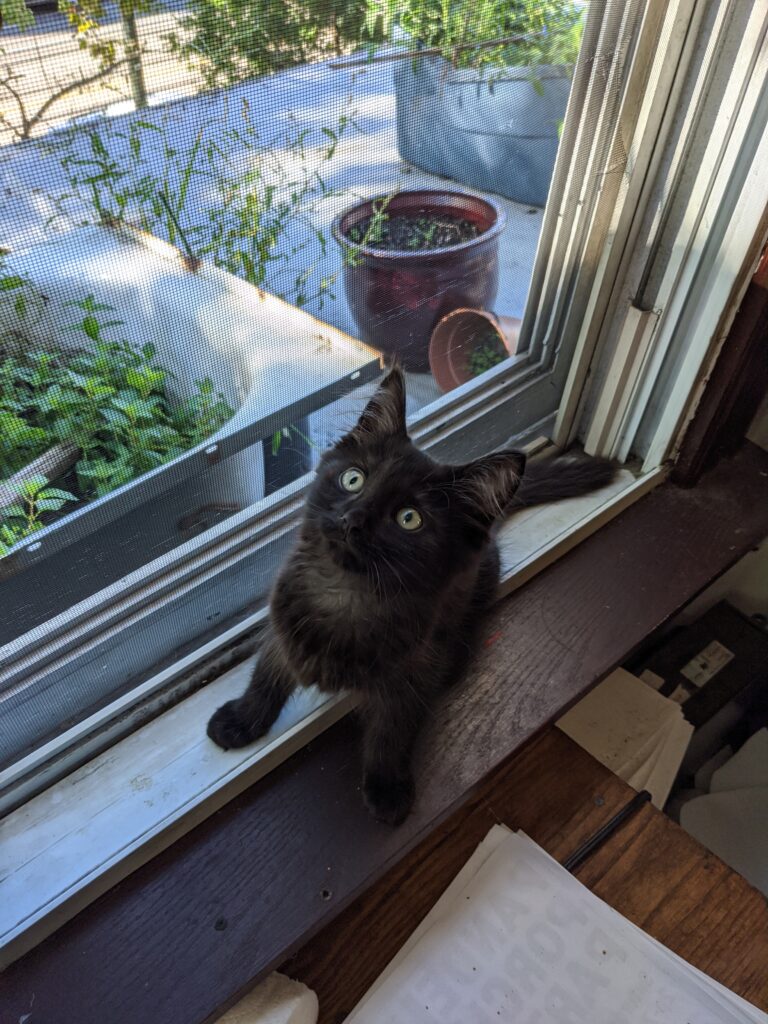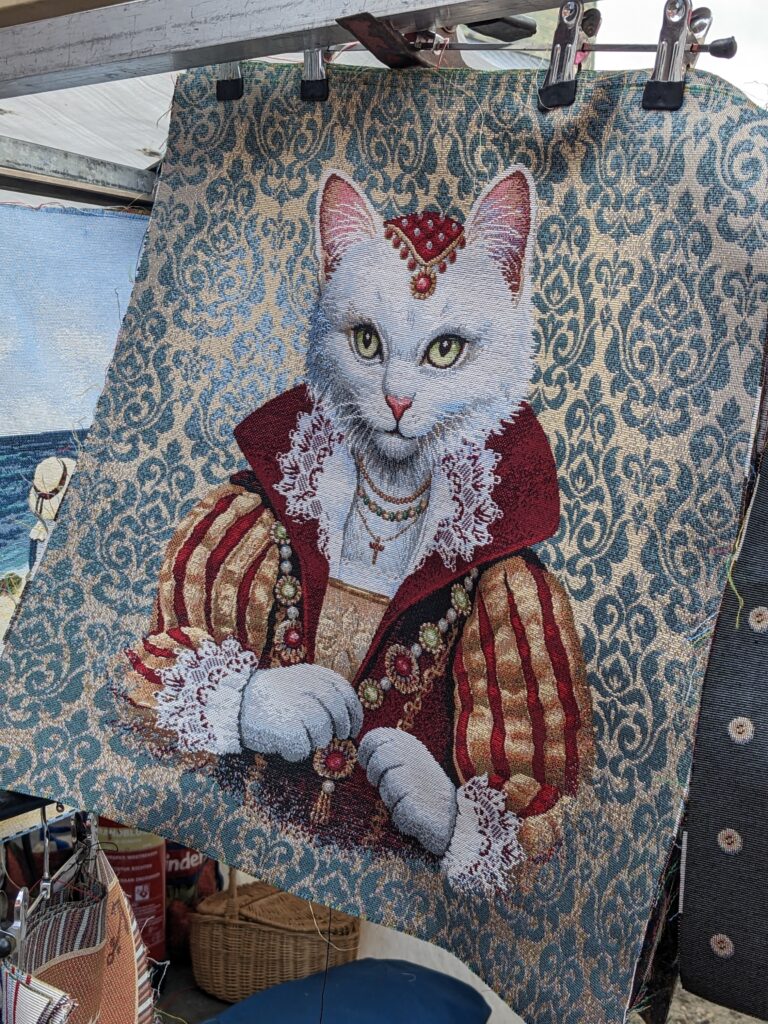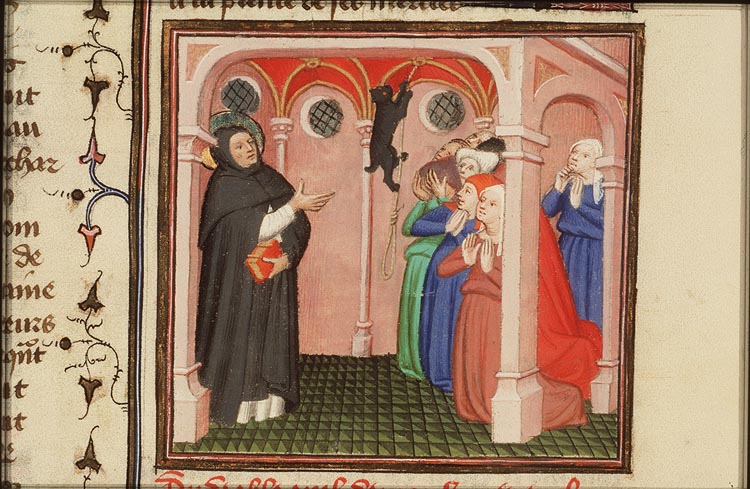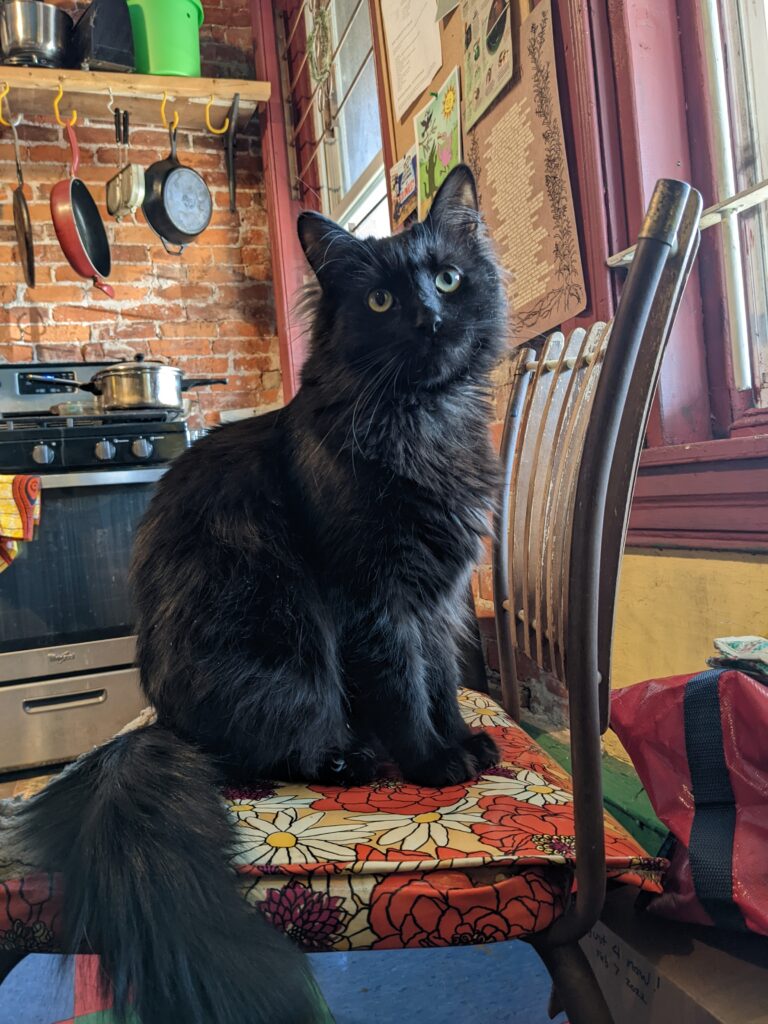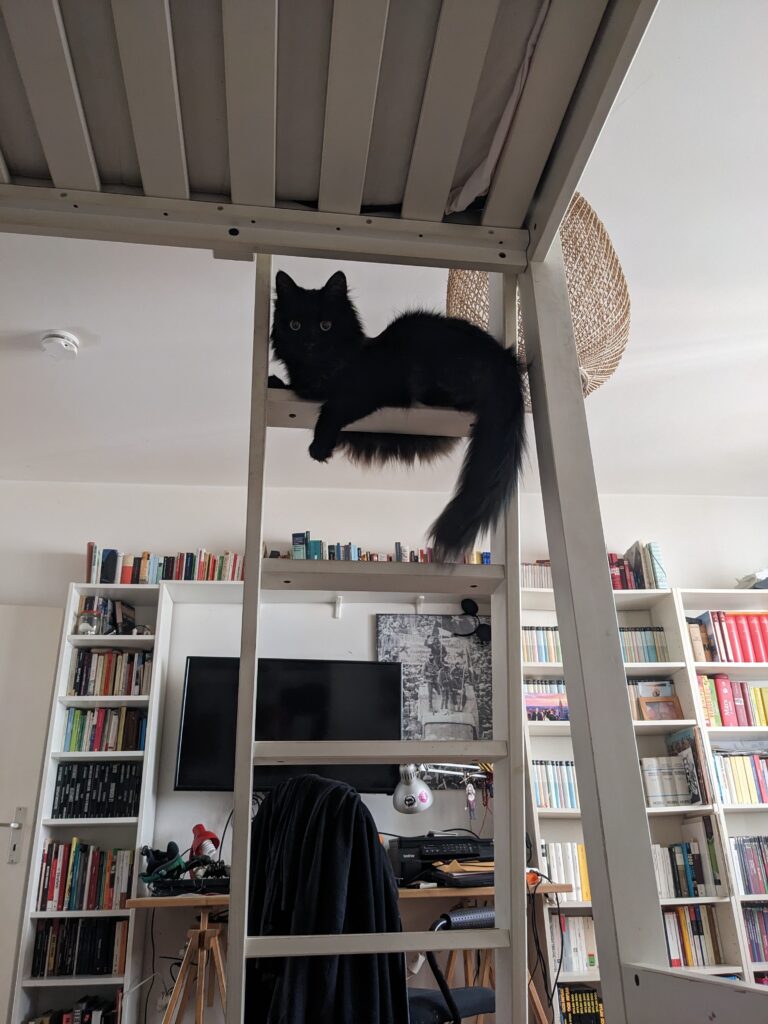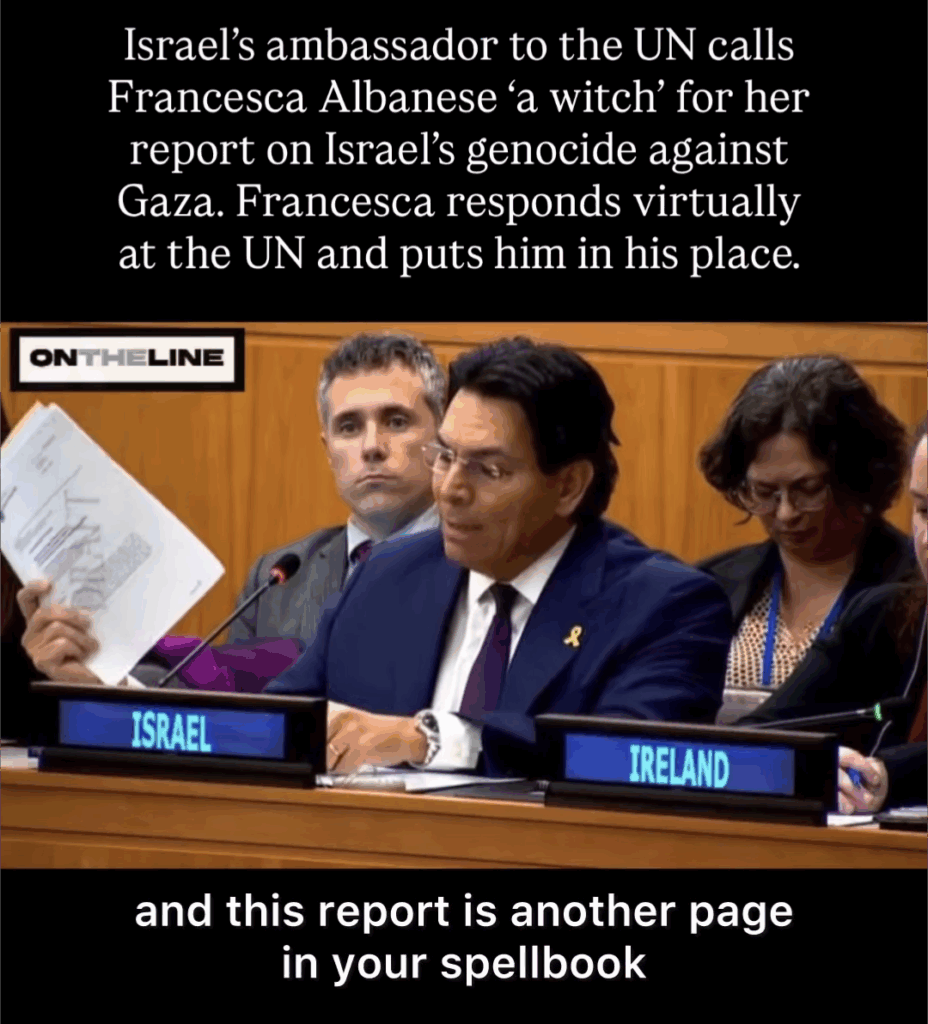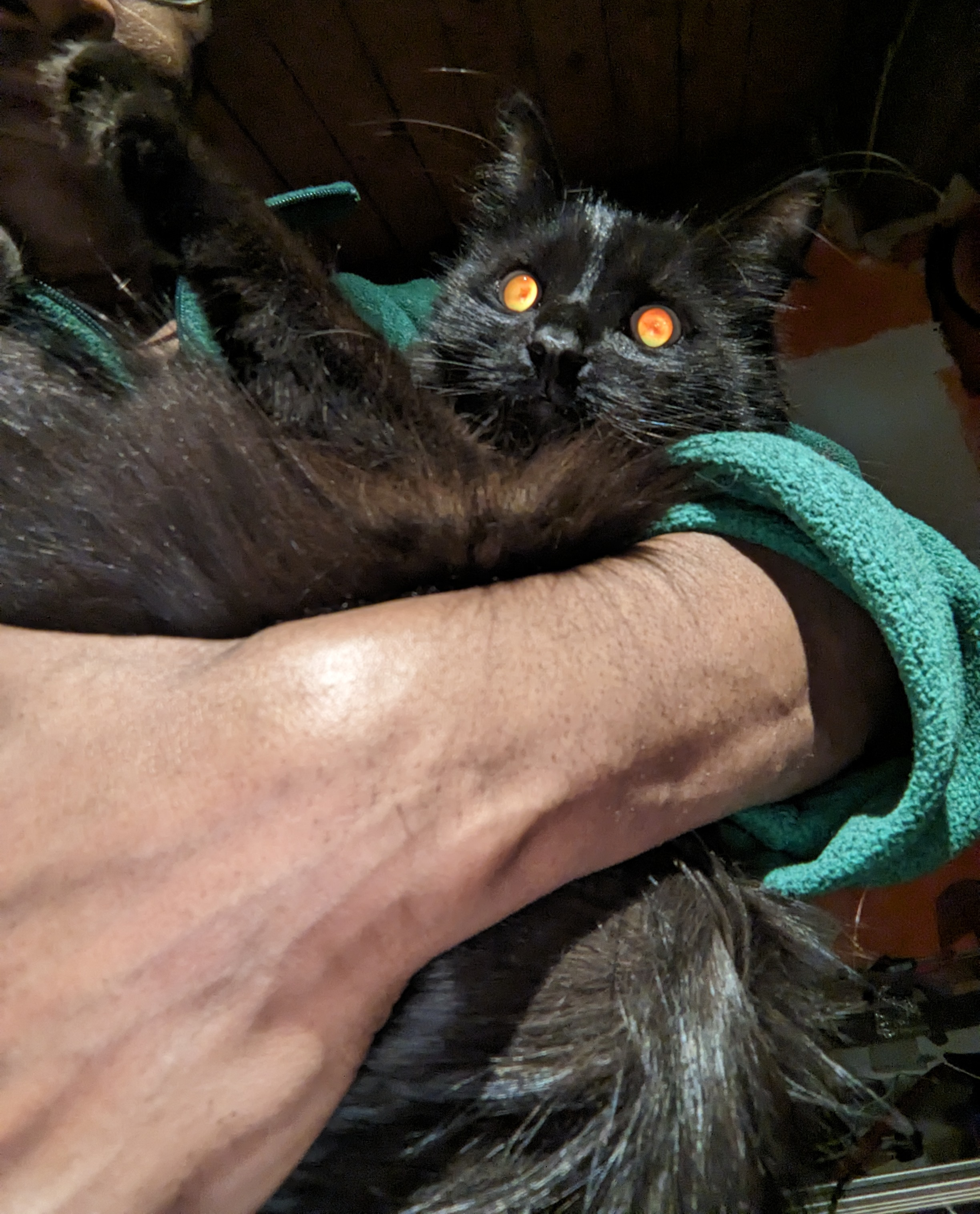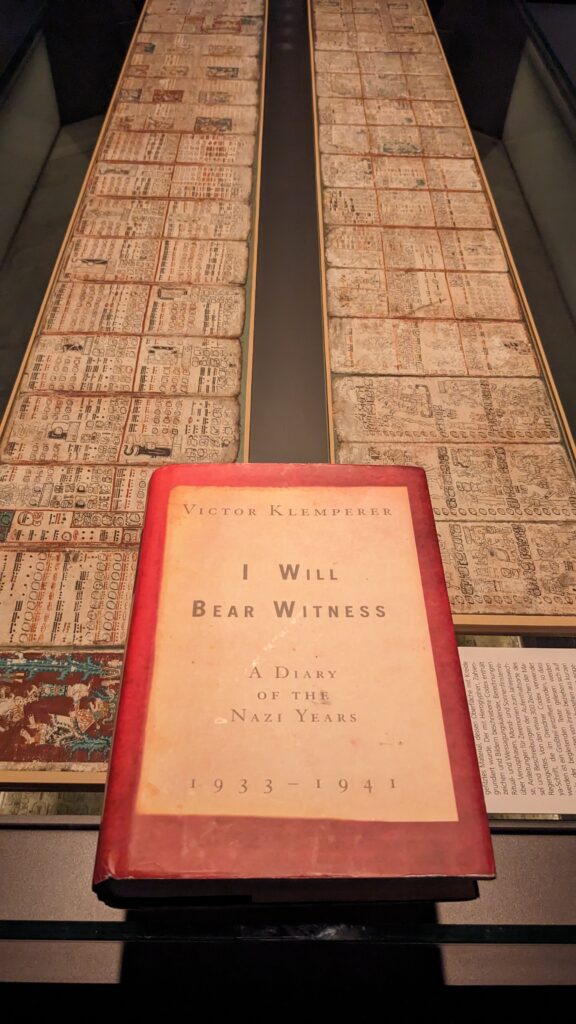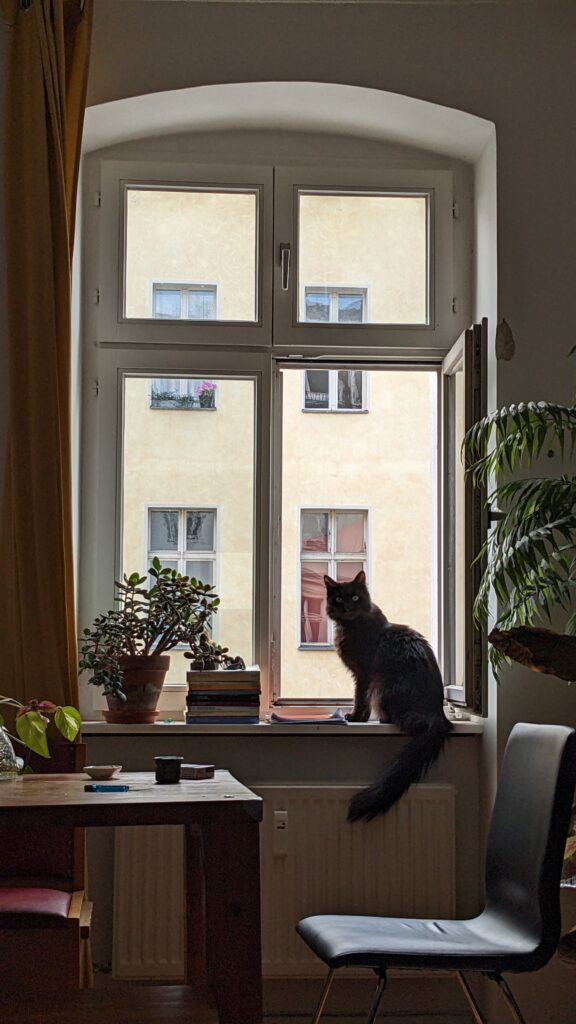Reproducing class domination through more advanced means
As Karl Marx noted in many of his works, every technological leap within the capitalist system does not lead to human liberation but to the reproduction of class domination by more advanced means. Therefore, current technological developments are not neutral, they take shape within prevailing relations of production. Artificial intelligence, despite its enormous potential to serve humanity, has become a tool used by the bourgeoisie to strengthen its control over labor, dominate resources, and reshape mass consciousness in ways that serve the capitalist system.
Just as machines were used during the industrial revolution to intensify exploitation instead of reducing working hours, artificial intelligence today is employed in automation to lower production costs and reduce the need for human labor in most cases, imposing more precarious and less secure working conditions.
This also deepens alienation, as manual and intellectual workers are turned into human tools in their workplaces and replaced by algorithms, which leads to increased unemployment or forces them to seek alternative work. At the same time, new production relations are imposed in which the bourgeoisie tightens its grip on the means of digital production. In this context, artificial intelligence becomes a tool for reproducing exploitation in its most advanced form.
A tool for control, repression, and mass consciousness washing
Capitalist control over artificial intelligence no longer stops at reproducing relations of production, it has also become a direct tool of control and political repression. Today, artificial intelligence is used in mass surveillance systems, facial recognition, analysis of political behavior of individuals and groups, and more. This allows repressive regimes, even in so-called democratic countries, to preemptively intervene to weaken or thwart any potential radical leftist resistance that crosses the pre-established “red lines,” i.e., poses a serious threat to the structure of the capitalist system.
Digital surveillance today goes beyond merely deleting content or blocking accounts. It takes the form of “voluntary self-censorship,” where individuals begin adjusting their speech and opinions out of fear of censorship or digital penalties. This reduces the ability of leftist and progressive organizations to mobilize the masses and helps turn the internet, to a large extent, into a space governed by capitalist market logic and state dominance.
In addition to its role in reshaping labor relations and enhancing control and repression, most applications of artificial intelligence, just like media in all its past and present forms, are used as tools for manipulating mass awareness and instilling capitalist values. This is done through algorithms that control information flow, steer public discourse, and attempt to impose a singular cultural reality that reinforces market dominance and individual consumption as natural and inevitable values.
Today, artificial intelligence is among the most effective tools for entrenching this ideological hegemony. Algorithms are configured to guide the masses toward accepting capitalism as the best, even eternal, system. This is done gradually, softly, and imperceptibly, giving users a false impression that the system is entirely neutral.
Over time, the public may be transformed into a “docile herd easily led,” weakening class consciousness by flattening progressive and critical thought and reducing political discourse to trivial side issues, instead of analyzing the existing political, economic, and social structure based on exploitation.
The leftist alternative: confronting digital slavery and liberating technology
Redirecting artificial intelligence to serve the people rather than capital requires developing open-source, transparent systems with neutral orientations, democratically managed and subject to community oversight, as a currently feasible solution. It also requires passing international legislation to regulate its operation to ensure it serves society as a whole, until progressive, leftist alternatives based on community ownership are proposed as a necessary solution, far from the monopoly of major corporations.
We must struggle to ensure artificial intelligence is used to reduce working hours without lowering wages, achieve fair distribution of resources, and promote justice and equality, etc., enabling humanity to benefit from technology in its broadest forms and to build a better world.
The struggle over artificial intelligence cannot be separated from the broader class struggle. Therefore, the fight against the exploitation of artificial intelligence and technology in general is a vital part of the broader struggle for human liberation from capitalist exploitation.
Liberating technology from the grip of capital and redirecting it to serve the masses and achieve social justice and a socialist alternative is not merely a choice, it is a historical necessity imposed by the growing contradictions within the capitalist system itself.
This must be one of the main tasks of leftist, progressive, and rights-based forces around the world; otherwise, we will face a new era of digital slavery, if we are not already living in it, where capitalist elites control every aspect of life, from labor to thought, consciousness, and daily existence.
Building digital leftist internationals
Humanity today faces unprecedented global control by major tech corporations, capitalist states, and authoritarian regimes over artificial intelligence and technology in general. This makes the formation of global leftist alliances and internationals an inevitable necessity to confront this hegemony.
These alliances must go beyond ideological differences among various leftist and progressive organizations, aiming to unify efforts broadly, and especially in this field, to develop alternative open-source or leftist technologies that serve social justice and equality.
This confrontation requires adopting effective policies and programs, such as securing independent funding through cooperative financing and popular support campaigns, away from conditional funding from capitalist governments. It is also necessary to struggle for the imposition of progressive tax policies on major tech corporations and redirecting part of their massive profits to support social and cooperative projects.
The expected capitalist reaction cannot be ignored, dominant corporations and states will impose legal and technical obstacles to thwart any progressive leftist technological alternatives, even suppressing and sabotaging them in various ways. Therefore, it is crucial to adopt proactive strategies to develop systems resistant to technological repression that ensure digital independence and the ability to compete technologically.
Attracting youth, developing skills, and eliminating digital illiteracy within leftist organizations
Artificial intelligence and digital technology represent a new and important arena of class struggle. Capitalism continues to invest intensively and constantly in digital tools to strengthen its hegemony, while most leftist organizations suffer from a clear digital gap. Digital presence is no longer limited to managing social media pages or publishing statements online, it has become a strategic necessity requiring the development of independent technological infrastructure, owned and managed by leftist and progressive organizations. To ensure the survival of the left in this era, it is essential to focus on eliminating digital illiteracy through training programs that enable leaders and members to understand and effectively use digital tools, and even contribute to their development.
Youth play a pivotal role in this transformation, as they have the ability to quickly absorb technological developments and apply them effectively in leftist activism. Through their skills in areas such as social networks, YouTube, artificial intelligence, digital security, data analysis, and more, they can not only bridge the digital gap within leftist organizations but also lead them toward building independent digital policies. This also requires attracting technical talents to leftist thought and creating flexible organizational environments that allow engineers, programmers, and all those interested in technology to work on independent progressive projects away from monopolistic corporations.
These efforts should include the establishment of digital schools and open local and global workshops that offer advanced technical training in areas such as optimal and effective use of technology, digital security, data analysis, collaborative software development, and more. Leftist influence should also be strengthened across professional networks and technical platforms to expand the reach of progressive ideas within technological circles and draw them into the ranks of the left.
The position on current applications of artificial intelligence
The important question here is: can leftist forces benefit from current artificial intelligence, despite it being a capitalist, non-neutral product?
The answer is not a simple yes or no. Until progressive leftist alternatives are developed, leftist and progressive movements can carefully and critically utilize existing artificial intelligence to expand their influence in confronting capitalist hegemony and authoritarian systems. This technology can be employed to analyze political and social data, understand patterns of economic change, and identify the most pressing issues for working-class communities.
Artificial intelligence can also be used to study public opinion trends, which could help leftist movements develop more scientific, realistic, and effective programs and policies, based not only on what is desired but on what is possible, grounded in real needs that lead toward various leftist theories, not the other way around. It can enhance their capacity for political and mass influence.
Additionally, artificial intelligence can be an effective tool for exposing the misinformation practiced by capitalist institutions and authoritarian regimes, analyzing dominant media discourse to dismantle manipulation and ideological control, and countering it with a progressive leftist narrative that is advanced and oppositional, contributing to raising mass awareness.
These tools can enhance leftist media that reflects the interests of working classes and marginalized groups, making it possible to reach broader audiences and present anti-capitalist and anti-authoritarian content in more impactful and cost-effective ways.
Organizationally, artificial intelligence can improve coordination and interaction mechanisms within leftist organizations by analyzing organizational dynamics, identifying strengths and weaknesses, and enhancing cohesion among members and groups.
It also aids in information management within organizations, assessing the effectiveness of current policies, identifying successful working patterns, and thus improving collective organizational performance, reducing bureaucracy, and fostering smoother, more effective internal communication.
However, it is crucial to approach this technology with caution and critical awareness, ensuring it remains a supportive tool rather than a dominant force. It must be used to reinforce political and mass organization and field struggle, without becoming a substitute for them. Strict human oversight and auditing must always be applied. It is essential to avoid falling into the trap of over-reliance on technology or allowing it to reshape the priorities of struggle according to its technical logic rooted in a capitalist environment.
Conclusion
Liberating artificial intelligence and digital technology from the grip of capital and transforming them into tools that serve the people is an urgent struggle in the face of a capitalist system that harnesses these technologies to reinforce class domination and deepen social inequalities. The struggle to liberate technology is inseparable from the class struggle against capitalism, and true liberation cannot be achieved without collective control over the tools of digital production. Ultimately, the issue is not just about technology, it is about the struggle over the future of human society itself.

